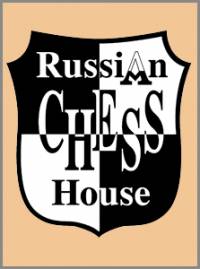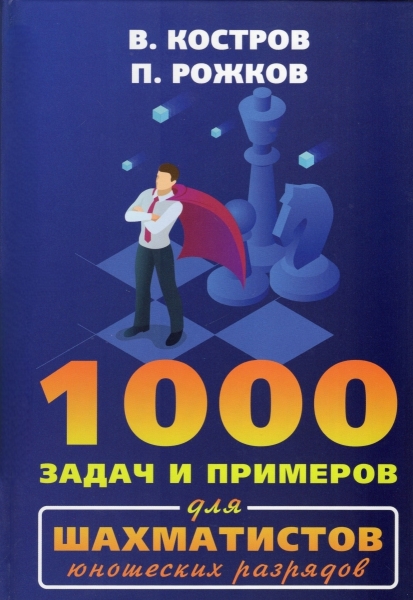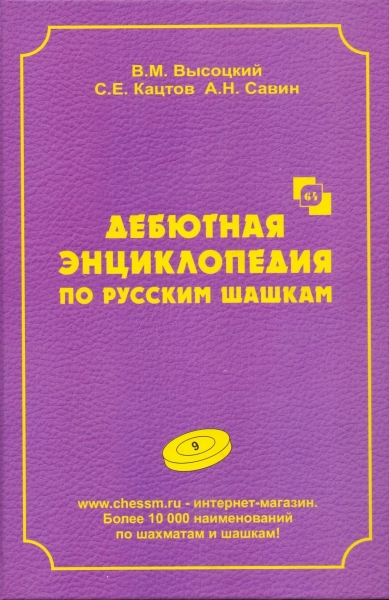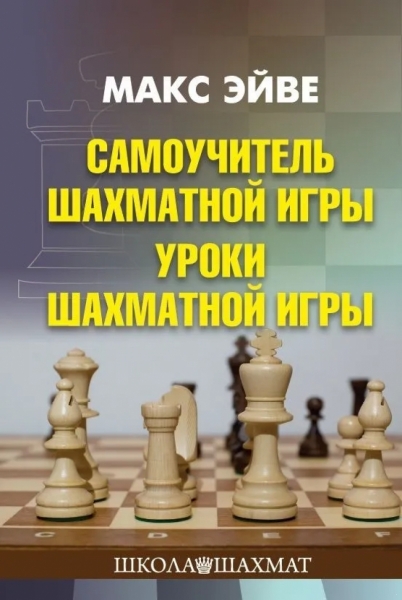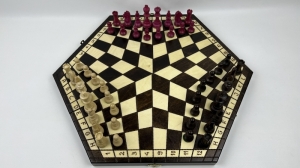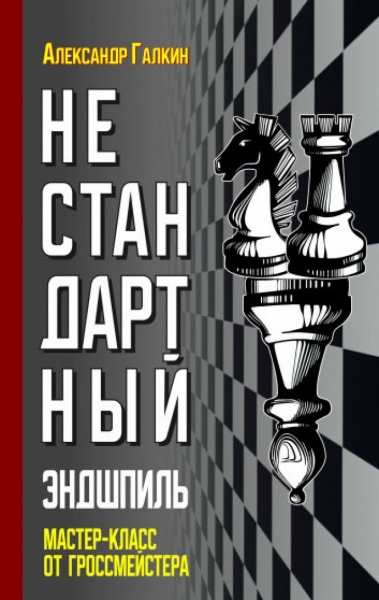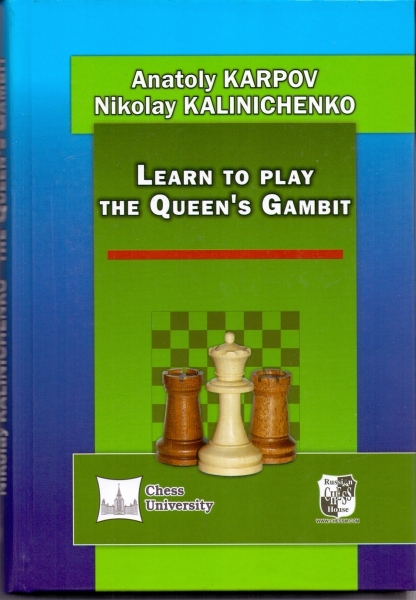Author:
Kostrov
Hundreds of thousands of novice chess players have held in their hands the solution books of “1000 chess problems” for the 1st, 2nd and 3rd years of study. These collections became winners of the “Chess Vseobuch of Russia” competition. We decided to combine our three books into one so that the future grandmaster would have more opportunities for improvement and choice of material. It will also be easier for students and coaches to regulate the speed of the material. In the first parts of our book, novice chess players will get acquainted with all possible types of checkmates. Then, future grandmasters will learn to deliver magnificent double blows with a queen and a knight, promote a pawn to a queen. Studying according to this solution book, you will also master the pin, learn to cover yourself from the enemy's pieces, block the enemy's forces, destroy the most reliable fortresses, distract and entice his royal majesty and much more. Work with the book as with a textbook, and do not forget to write down the solutions under each diagram! The correct solutions are at the end of the book. For the widest range of chess fans.
15.75 $
 The logic of modern chess
Author:
The logic of modern chess
Author: Siegbert Tarrasch. The Queen
Author:
Siegbert Tarrasch. The Queen
Author: High quality acrylic metal heavy chess pieces with wooden board
202.50 $
High quality acrylic metal heavy chess pieces with wooden board
202.50 $
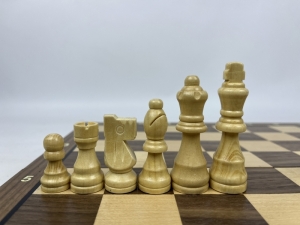 Wooden magnetic Staunton chess with a lock (silver)
56.25 $
Wooden magnetic Staunton chess with a lock (silver)
56.25 $
 Chess school
Author:
Chess school
Author: The chess set of The Chessmen. US war - Great Britain
325.00 $
The chess set of The Chessmen. US war - Great Britain
325.00 $
 Chess textbook. Party diamonds
Author:
Chess textbook. Party diamonds
Author: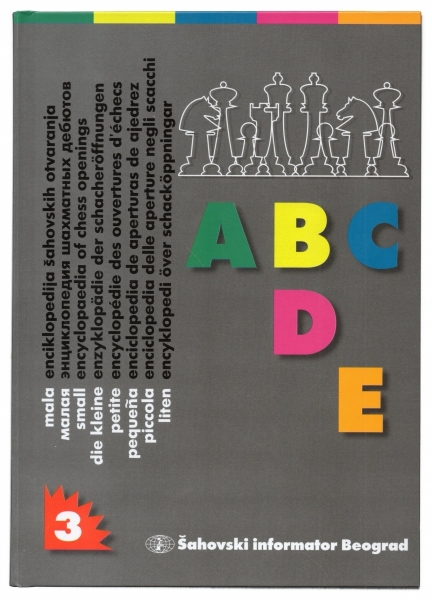 The Small Encyclopedia of Chess Openings. ABCDE (3rd Edition)
175.00 $
The Small Encyclopedia of Chess Openings. ABCDE (3rd Edition)
175.00 $
 Anthology of Chess Problems - 2345
Author:
Anthology of Chess Problems - 2345
Author: Encyclopedia of Chess Problems - Topics and Terms. 3rd edition.
Author:
Encyclopedia of Chess Problems - Topics and Terms. 3rd edition.
Author: Русский
Русский  Английский
Английский 
